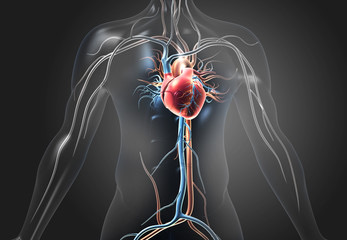
Interventional radiology is a medical sub-specialty of radiology utilizing minimally-invasive image-guided procedures to diagnose and treat diseases. Peripheral interventional radiology performs various minimally-invasive procedures using medical imaging guidance, such as MRI, CT scan, X-ray, fluoroscopy, or ultrasound, to perform both diagnostic and therapeutic procedures.
- Diagnostic procedures are intended to help us have a diagnosis or guideline for treatment
- Therapeutic procedures are intended to provide medical treatment
The Benefits of Interventional Radiology
- Procedures is that they don’t rely on the use of general anesthesia
- Minimally Invasive Procedures
- Fewer Complications
- Reduced Risks
- Less Pain
- Quicker Recovery Time
Intervention Radiology Procedures Include
- Balloon angioplasty/stent
- Embolization (Uterine artery, Prostate artery, Pulmonary arteriovenous malformation (PAVM) Hemorrhoidal artery
- Thrombolysis
- IVC filters
- Dialysis
- TIPS procedure
- Chemoembolization
- Biliary Drainage catheters and stent
- Cholecystostomy
- Vascular access as CVC, PICC, Hickman, port catheters, hemodialysis catheters and transhepatic venous lines
- Drainage catheter
- Gastrostomy
- Cryoablation
- Ablation (Microwave, Radiofrequency, Laser )
- Percutaneous nephrostomy
- Ureteral stent
